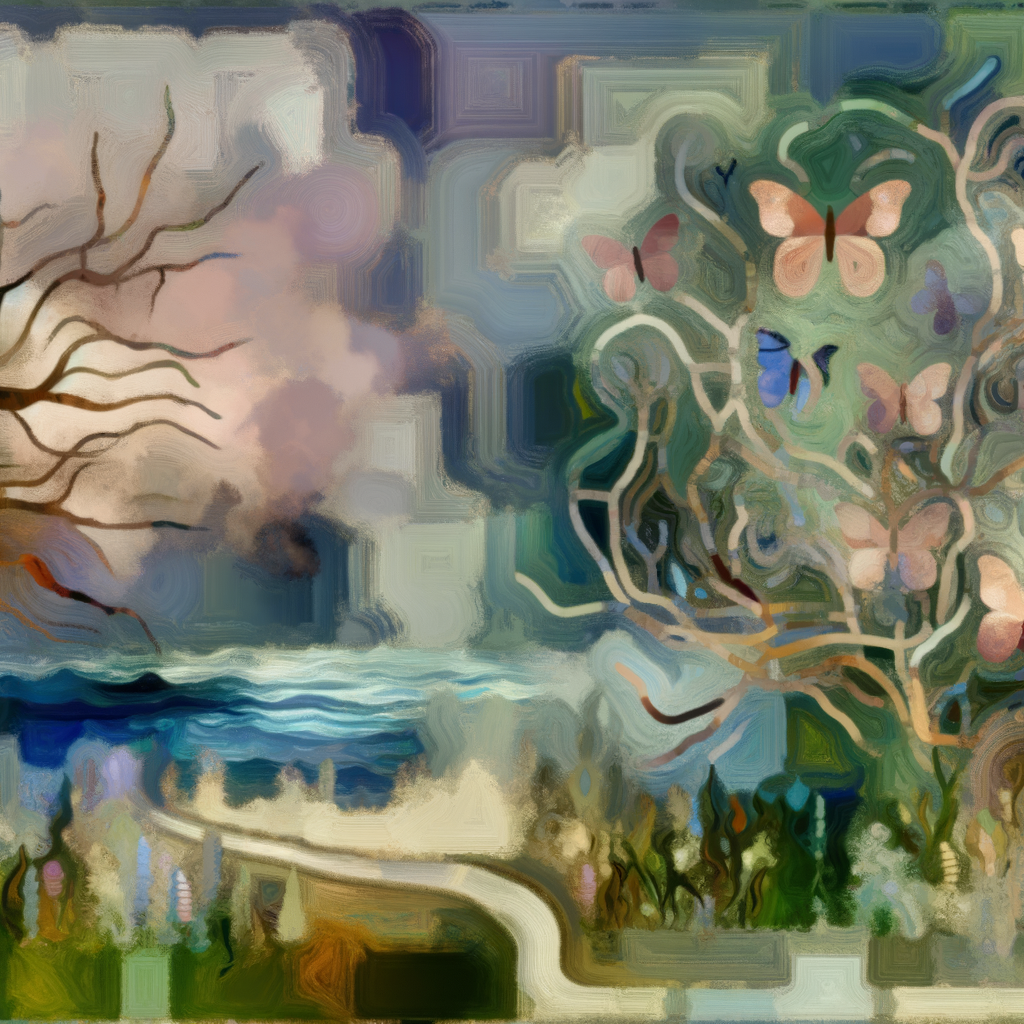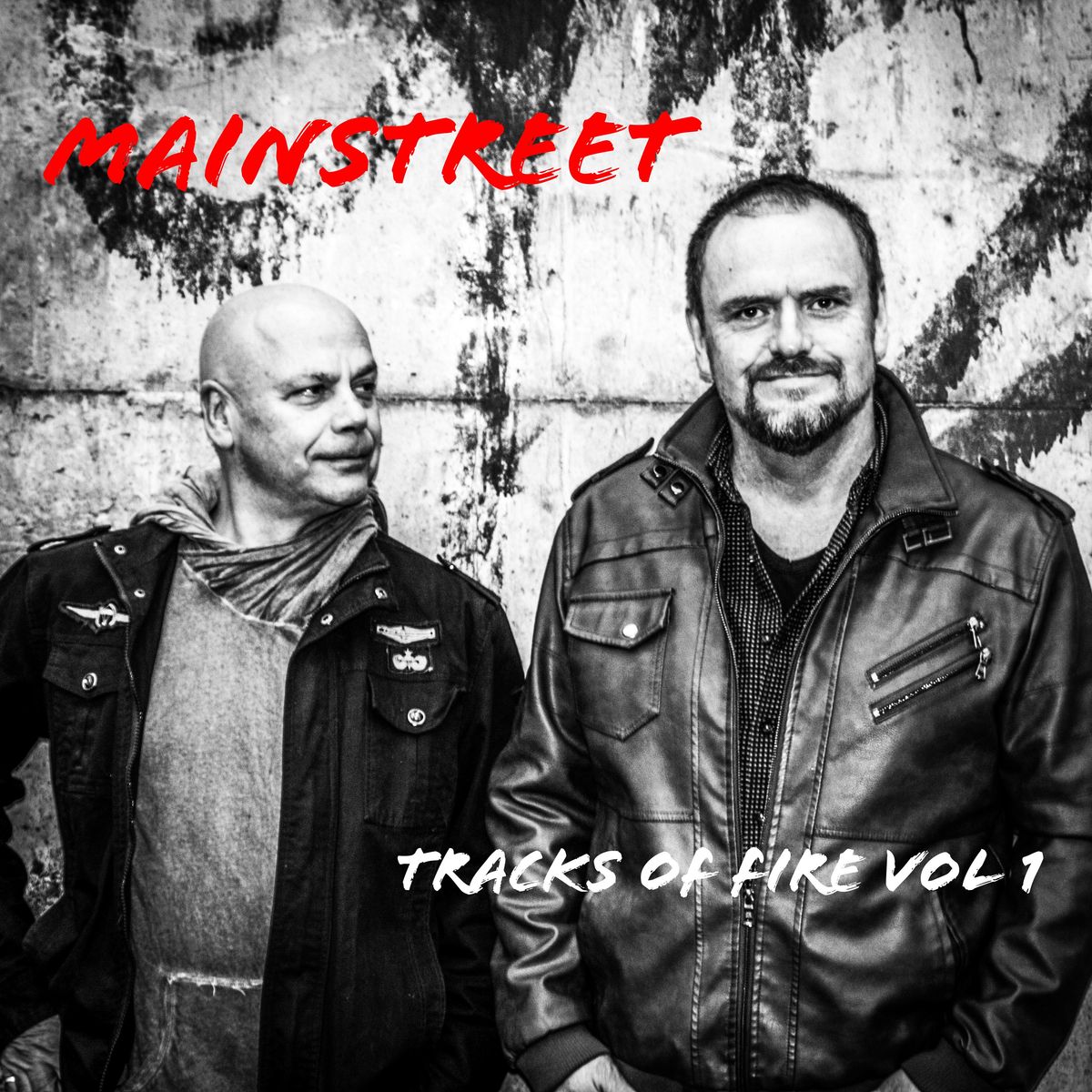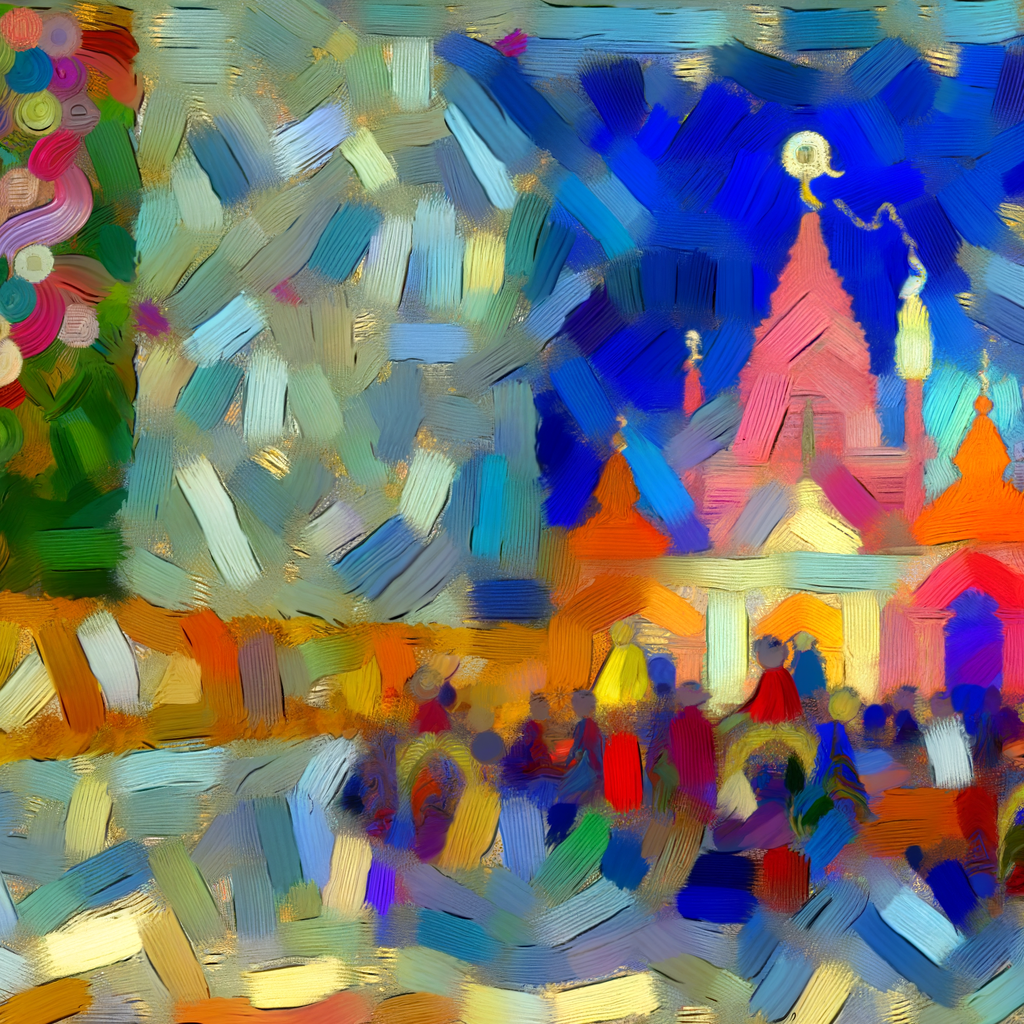> Part 2 of the Echoes of Belonging: Cultural Identity in a Multiform World series
In the grand narrative of cultural identity, language asserts itself as the most profound vessel of heritage and the most vivid marker of community belonging. As we delve into the world of linguistic diversity, it becomes apparent that language is not just a medium of communication but is the sine qua non of cultural identity. This second article in our series, “Echoes of Belonging: Cultural Identity in a Multiform World,” journeys through the vital role of language in sustaining the cultural identities of diverse communities, underscored by initiatives to revive endangered languages.
Language carries the soul of a culture—its history, values, and its very essence. Through the stories of language revival, such as the efforts to rejuvenate Maori in New Zealand and Welsh in the UK, we witness the incredible resolve of communities to reclaim not just their linguistic heritage but also their cultural autonomy. These movements illustrate a standout assertion of identity and belonging in an era where linguistic diversity is under siege from dominant global languages.
The case of the Maori language revival is emblematic of this struggle and triumph. Over the past few decades, the Maori people have seen a resurgence of their language, once at risk of being lost, through comprehensive educational programs, broadcasting in the Maori language, and a societal embrace of the linguistic heritage as a national treasure. Similarly, Welsh, through sustained efforts and government policies advocating for its use in public and private spheres, demonstrates the feasibility and vitality of revitalizing a language, thus cementing cultural identity among its speakers.
These linguistic revitalizations highlight a critical understanding: language loss is not merely the erosion of words but the fading away of worldviews, historical narratives, and a collective sense of self. Languages encode the unique ways communities interact with their environment, their social structures, and their philosophies. Thus, language revival movements are not only acts of cultural preservation but also of resistance against homogenization, asserting the uniqueness of communal identities in the face of globalization.
Moreover, the intricacies of linguistic diversity offer vital insights into the multi-layered identities of communities across the globe. Each language, with its idioms, metaphors, and expressions, reveals a universe of thought and values, crafting a distinctive lens through which its speakers perceive and engage with the world. The revival of these languages is a testament to the resilience of cultural identities, showcasing the capacity of communities to adapt and thrive while remaining anchored to their heritage.
However, the path of language revival is fraught with challenges, from fostering proficient speakers to integrating the language into the digital age. Yet, the benefits—enhancing cognitive diversity, preserving unique worldviews, and strengthening communal bonds—underscore the imperative of these endeavors.
As this series unfolds, the role of language in shaping, sustaining, and signaling our cultural identities becomes undeniably clear. It is through our languages that we declare who we are, to ourselves and to the world. In every syllable lies the echo of our ancestors, and in every conversation, the possibility of an enduring legacy. Thus, we come to understand linguistic diversity not just as an identity infrastructure but as the very heart of our collective human heritage .
Recent Posts songplode cultural identity and diversity
- The Evolving Self: Identity in a Multicultural WorldIn today’s interconnected world, cultural identity is a dynamic tapestry, challenging traditional labels and embracing complex hybrid identities. Globalization and personal narratives redefine belonging, enriching the vibrant mosaic of human culture.
- Festivals of Unity: The Global Heartbeat of Cultural FestivityCultural festivals embody global identity and unity, transcending barriers through music and art. They balance tradition with inclusivity, celebrating diversity while fostering intercultural understanding and belonging.
- Art Transcending Borders: A Canvas of Cultural IdentitiesThe article explores art’s role in transcending boundaries, examining cultural identities, and challenging societal norms. It highlights how artists and digital platforms amplify diverse voices and inspire cultural dialogue.
- The Language of Identity: Preserving the Threads of Our Cultural TapestryThis piece explores how language shapes cultural identity and preserves legacy, highlighting efforts to revive endangered tongues. It underscores linguistic diversity as vital for enriching human heritage and cultural resilience.
















